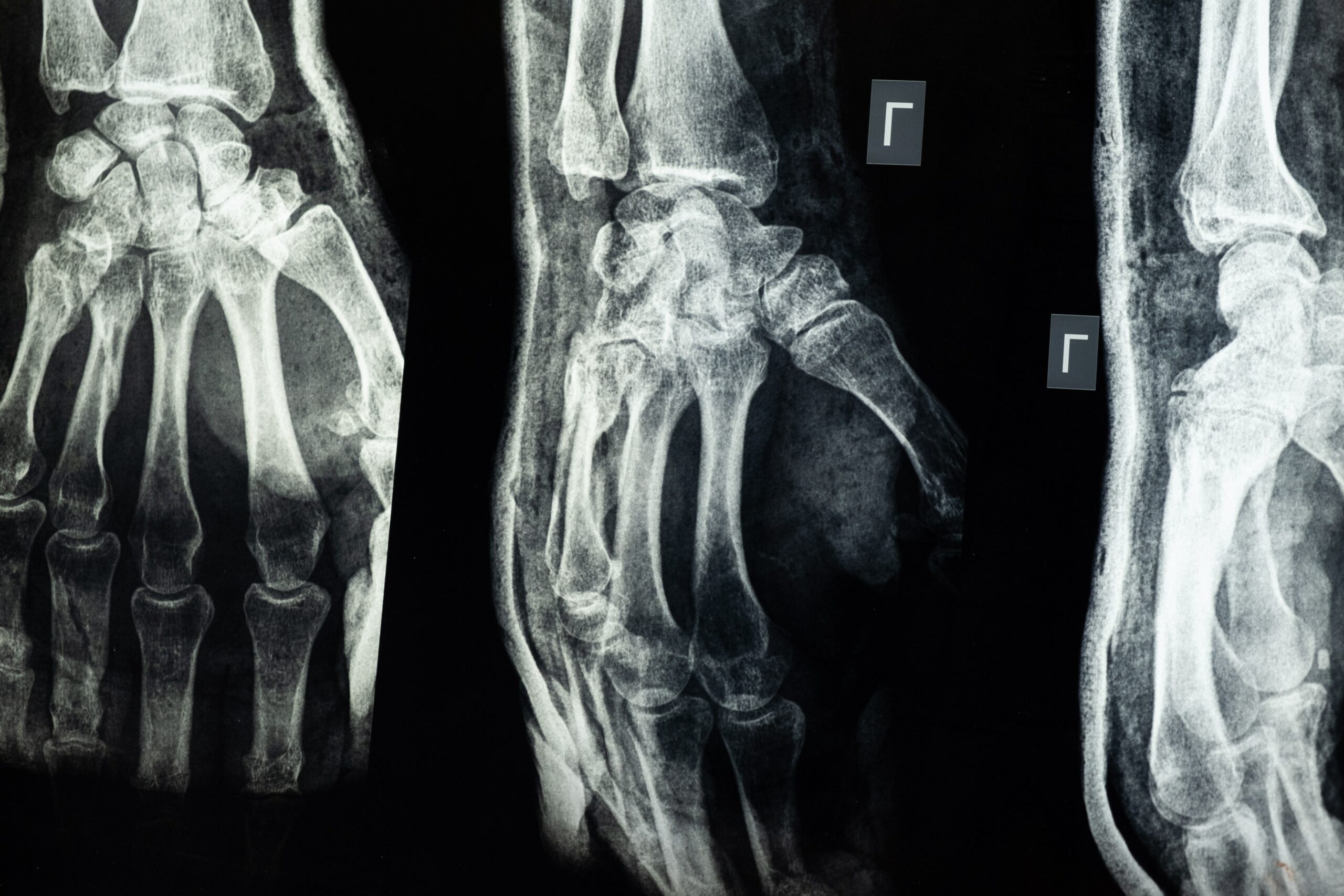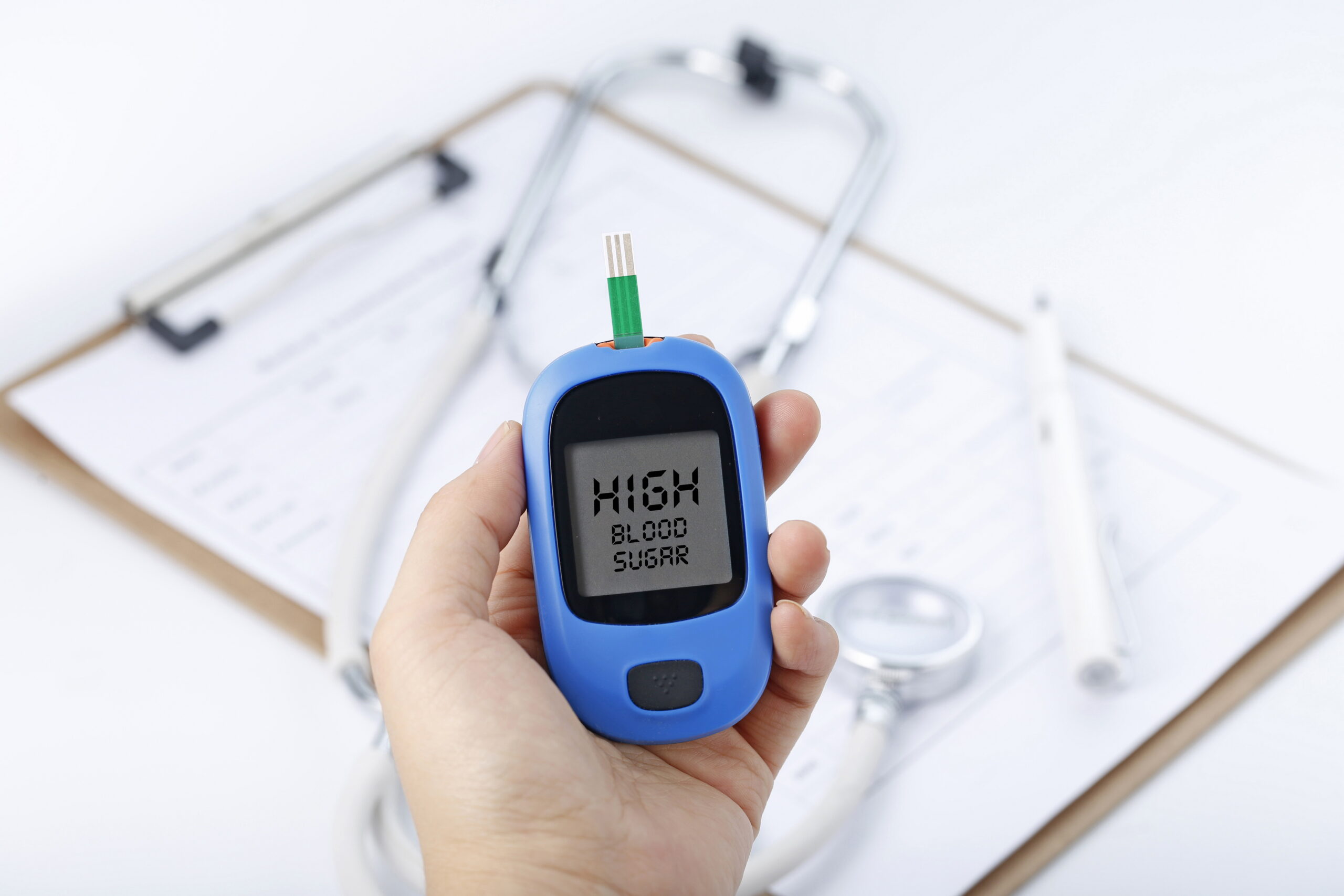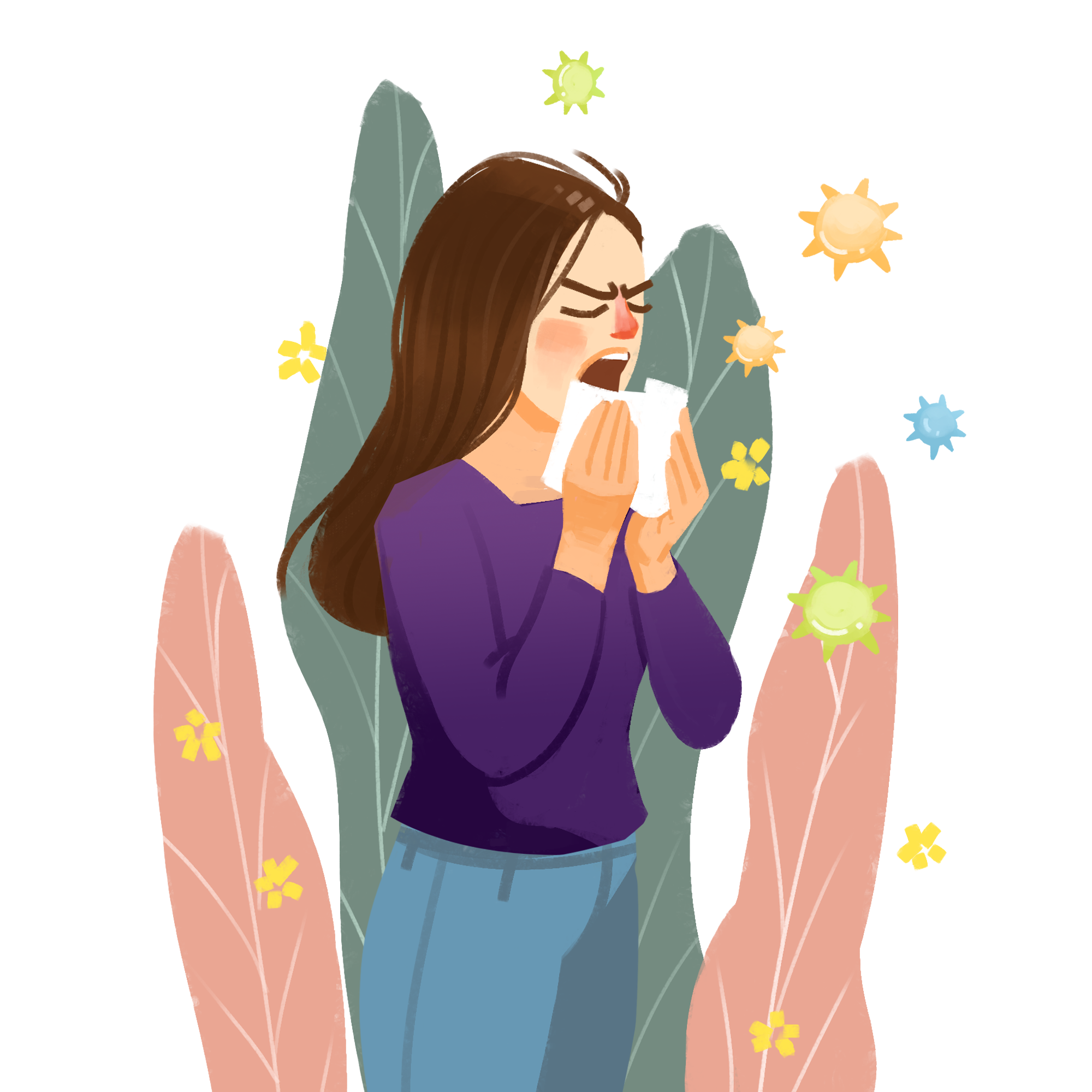DRSABCD And First Aid Basics: DRSABCD is a mnemonic used in first aid courses across the world. It is designed to help people on how to act in an emergency.
There are different versions of DRSABCD in existence. In this article, we’ll discuss what is DRSABCD in First Aid and what it stands for.
D For Danger
The most important person in an emergency would be the first responder. If that is you, make sure to check for potential danger before jumping into action.
If danger is present to yourself, bystanders, or the patient – you should reduce the risk of harm. If the situation seems to be dangerous, stay back and call for professional help.
R For Response
Check the person to see if they are conscious. Try to communicate by talking to the person, or by touching their hands, or squeezing the shoulder. If you do not get a response, the person may be unconscious.
S For Send For Help
If emergency services are needed on the scene, your first action is to ask for help. The emergency number in Australia is triple zero. In case of emergency, dial 000 and answer the questions from the dispatcher. Make sure that the emergency scene is clear so the emergency can find its way quickly.
A For Airway
Do a quick check on the person’s airway. To do this, place the person on their back with their head slightly tilted. Place your hand on their chin, then lift the mouth open in an attempt to open up the airway.
B For Breathing
If the airway is open, look for any signs of breathing. Check if the person is having trouble breathing or not breathing at all. Do this for no more than ten seconds. Start CPR if the person is showing any signs of airway obstruction.
If the casualty is unresponsive but is breathing normally, put them into the recovery position. Avoid moving the person to avoid further damages.
C For Cardiopulmonary Resuscitation
Perform CPR right away if the person is unconscious or not breathing. Lay the person on their back and place the heel of your hand on the centre of the chest. Put the other hand across and on top of the other hand. Press both hands down firmly, just about a third the depth of the person’s chest. Repeat for at least 30 times.
If you are confident in your rescue breathing skills, place your mouth over the person’s mouth. Once sealed, administer 2 breaths. Continue CPR until the person responds or emergency services are ready to take over.
D For Defibrillation
Perform a shock using an automated external defibrillator (AED) if one is available. Most public places in Australia, including malls, clubs, sports clubs, schools, and organisations, have one.
An AED is a first-aid device that delivers an electrical shock to cancel any irregular heartbeat or arrhythmia. It aims to get the normal heart rhythm to restore itself. Follow the instruction from the device through visual and voice prompts.
If the person responds to defibrillation, put them into the recovery position and tilt their head to maintain their airway. If the patient is a child, make sure the AED is safe for use.
Conclusion (Learn DRSABCD)
Learning DRSABCD in a first aid course can help you cope with various types of emergencies. You may be able to keep a person breathing, reduce pain levels, and minimise the consequences of an injury until emergency services arrive. First aid could mean the difference between life and death for them.
Interested in a first aid course? Visit the First Aid Course Perth for more information






